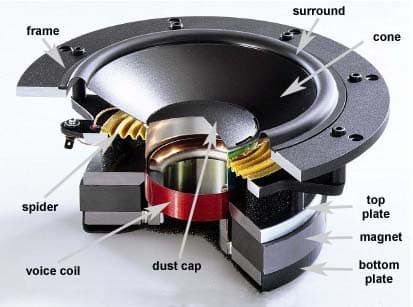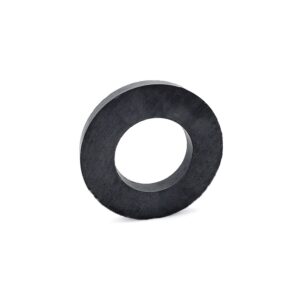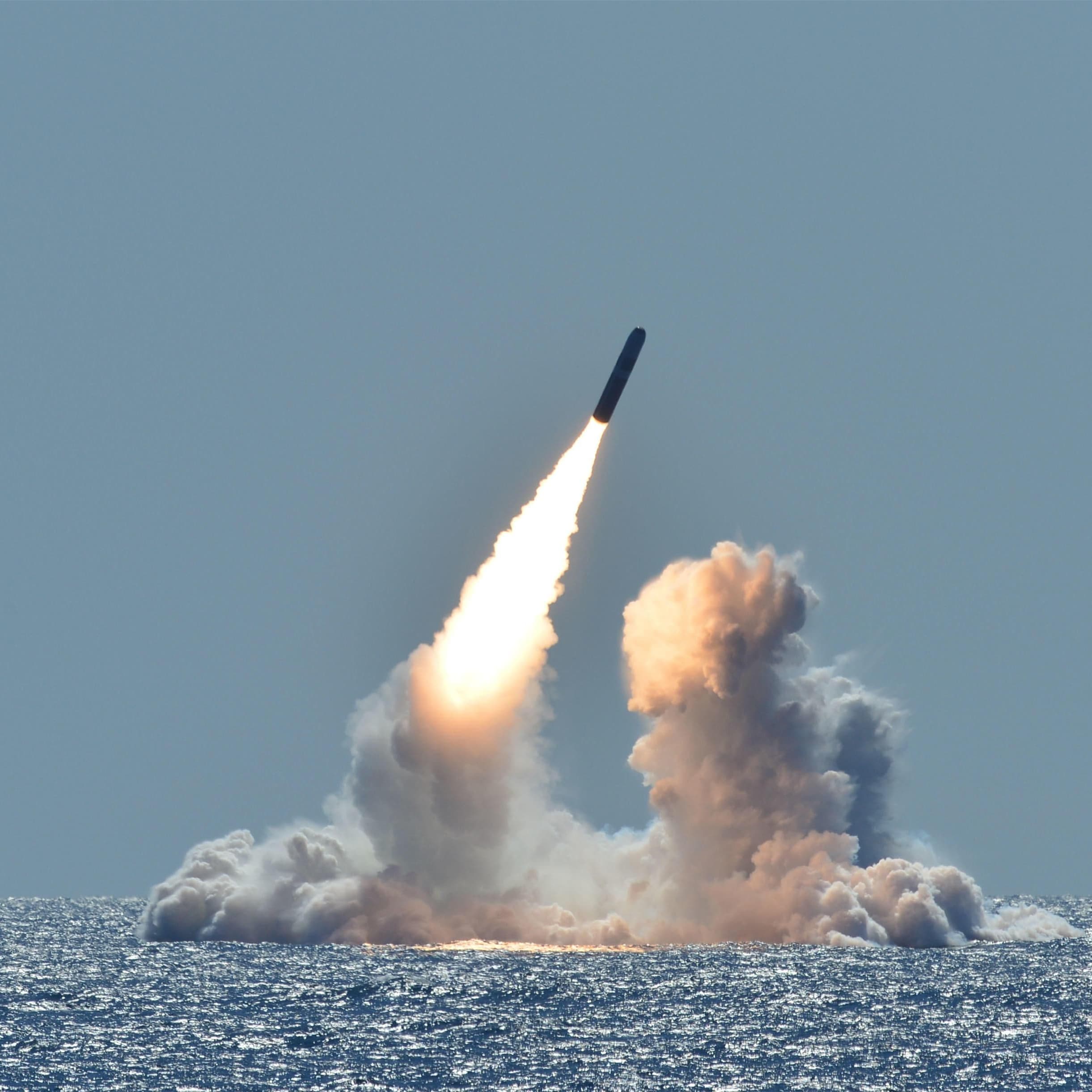What Is Speaker Magnet?
A loudspeaker is a device that converts an electrical audio signal into sound. It does so by moving a cone (usually made of paper) back and forth in front of a coil of wire, which generates an alternating current. This current flows through the magnet and creates a magnetic field around it. This causes the iron inside the coil to move, which also creates an electric current in the coil, completing the circuit and making electricity flow through it. The electric currents create magnetic fields that push against each other to create an area between them where they are very strong magnets (the North Pole and the South Pole). The stronger these magnets get, the stronger their force is against each other to make this area smaller because when they reach their maximum point like attracts like. The tighter these two magnets get together forces air particles in between them outwards causing them to be pushed away from one another as well as push air particles on either side of them backward/outward. The loudspeaker moves this cone back and forth at high speeds with acoustic energy created from space between these two opposing forces pushing against each other which begins creating vibration throughout its structure which then causes sound waves to be created by pressing on our eardrums.

Magnetic Material for speaker magnet
Ferrite Magnet
 A Ferrite Magnet is a magnet made from ferrite, an iron-based compound. It is a type of ceramic and is often used in loudspeakers because it has high magnetic permeability but low coercivity. The word “ferrite” comes from iron ore which contains a high level of iron oxide. Ferrite magnets are generally inexpensive but have lower performance than other types of magnets, such as neodymium rare earth magnets. They also have lower resistance to demagnetization, which means they may need to be replaced more often in some applications. The most common use for ferrites is in loudspeakers because they have good magnetic permeability properties that result in good sound quality; however, their low coercivity typically limits them to use at audio frequencies only with power levels less than 10 watts or so at 8 ohms impedance.
A Ferrite Magnet is a magnet made from ferrite, an iron-based compound. It is a type of ceramic and is often used in loudspeakers because it has high magnetic permeability but low coercivity. The word “ferrite” comes from iron ore which contains a high level of iron oxide. Ferrite magnets are generally inexpensive but have lower performance than other types of magnets, such as neodymium rare earth magnets. They also have lower resistance to demagnetization, which means they may need to be replaced more often in some applications. The most common use for ferrites is in loudspeakers because they have good magnetic permeability properties that result in good sound quality; however, their low coercivity typically limits them to use at audio frequencies only with power levels less than 10 watts or so at 8 ohms impedance.
Alnico Magnet
An Alnico magnet is a type of permanent magnet made from an alloy of aluminum, nickel, and cobalt that has been in use for over 50 years. Alnico Magnet can be used on loudspeakers, but not normally. In sound industries, Alnico magnets are widely used for guitar pickups and earphones. It is much more expensive than ferrite magnets and has lower magnetic performance than rear earth magnetic materials, especially since the magnetic energy per unit weight is not such strong, the moving magnet cannot be moved by the magnetic coil.
SmCo Magnet
Comparing Ferrite Magnet and Alnico Magnet, the SmCo magnet has much better performance on magnetic properties. It has long been recognized that the voice coil could be made stationary and the permanent magnet used to vibrate the speaker cone. However, the permanent magnets formerly available had too much mass per unit of magnetic strength to function satisfactorily as moving magnets in a loudspeaker. Even the alnico magnets were too massive per unit of magnetic strength to serve as moving magnets in a loudspeaker. The SmCo magnet resolves this issue.
Neodymium magnet
Neodymium is a type of rare earth metal that is used in loudspeaker magnets. Neodymium magnets are the strongest permanent magnets commercially available, and they have a wide range of uses including motors in electric cars, wind turbines, and devices like iPods. Neodymium is the most powerful magnet ever developed. It has come to be widely used because it has been proven to be resistant to heat degradation and offers more energy than any other magnet on the market today. As such, neodymium magnets are found in many common electronics like iPods, Blackberrys and laptops. For example, one company that makes neodymium speakers claims their product produces sound three times better than previous speakers with iron cores


